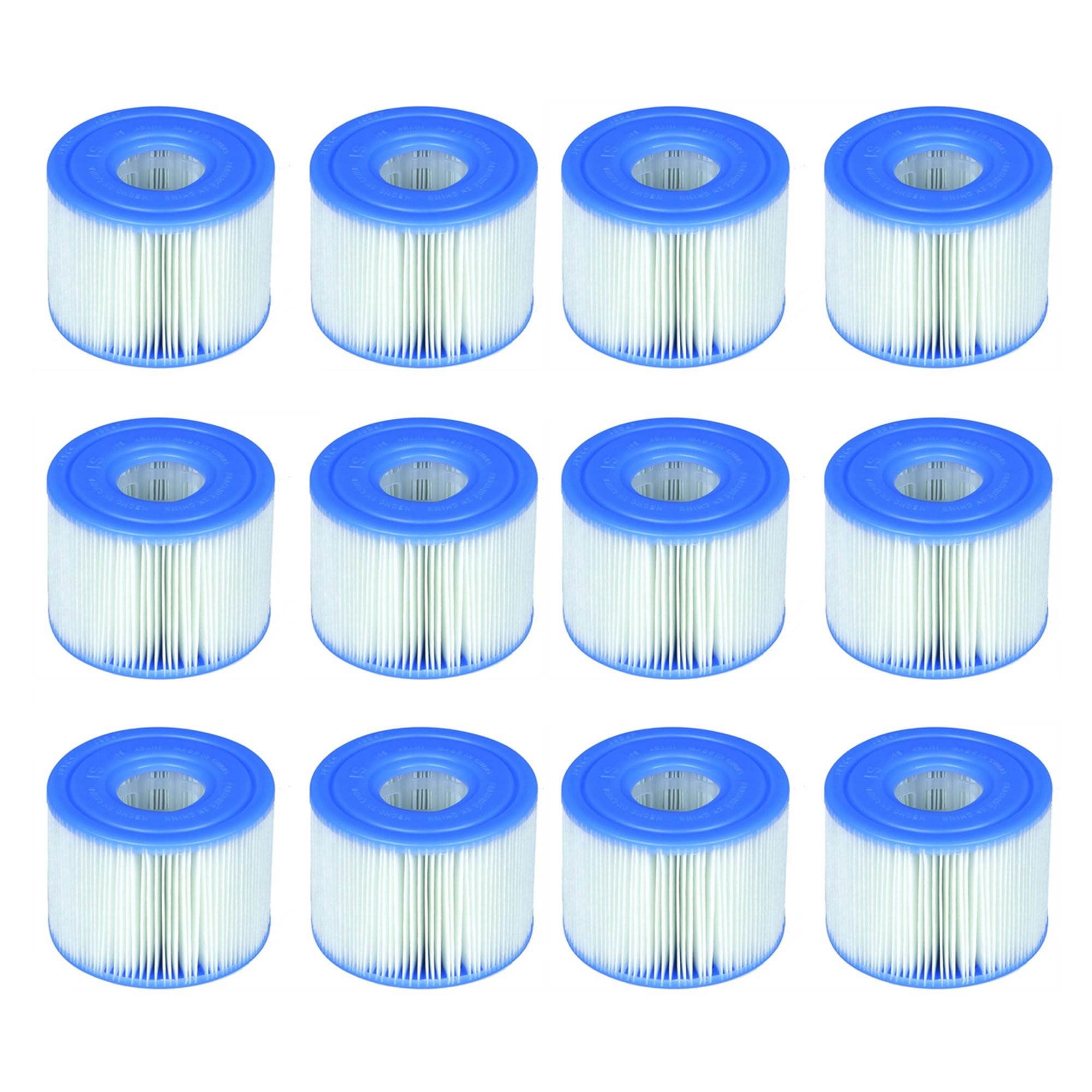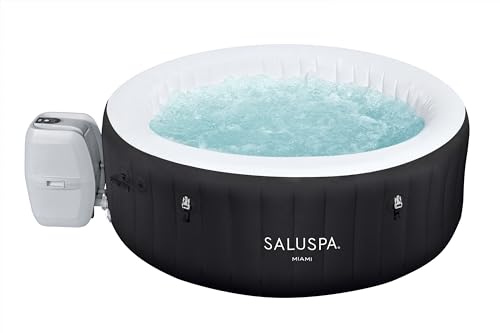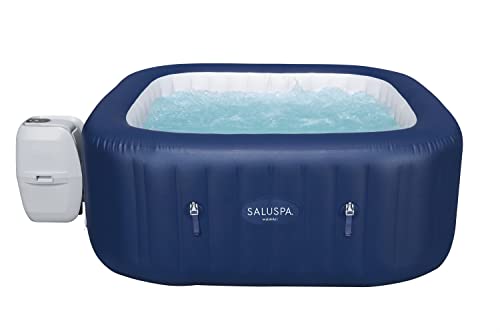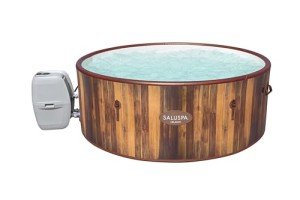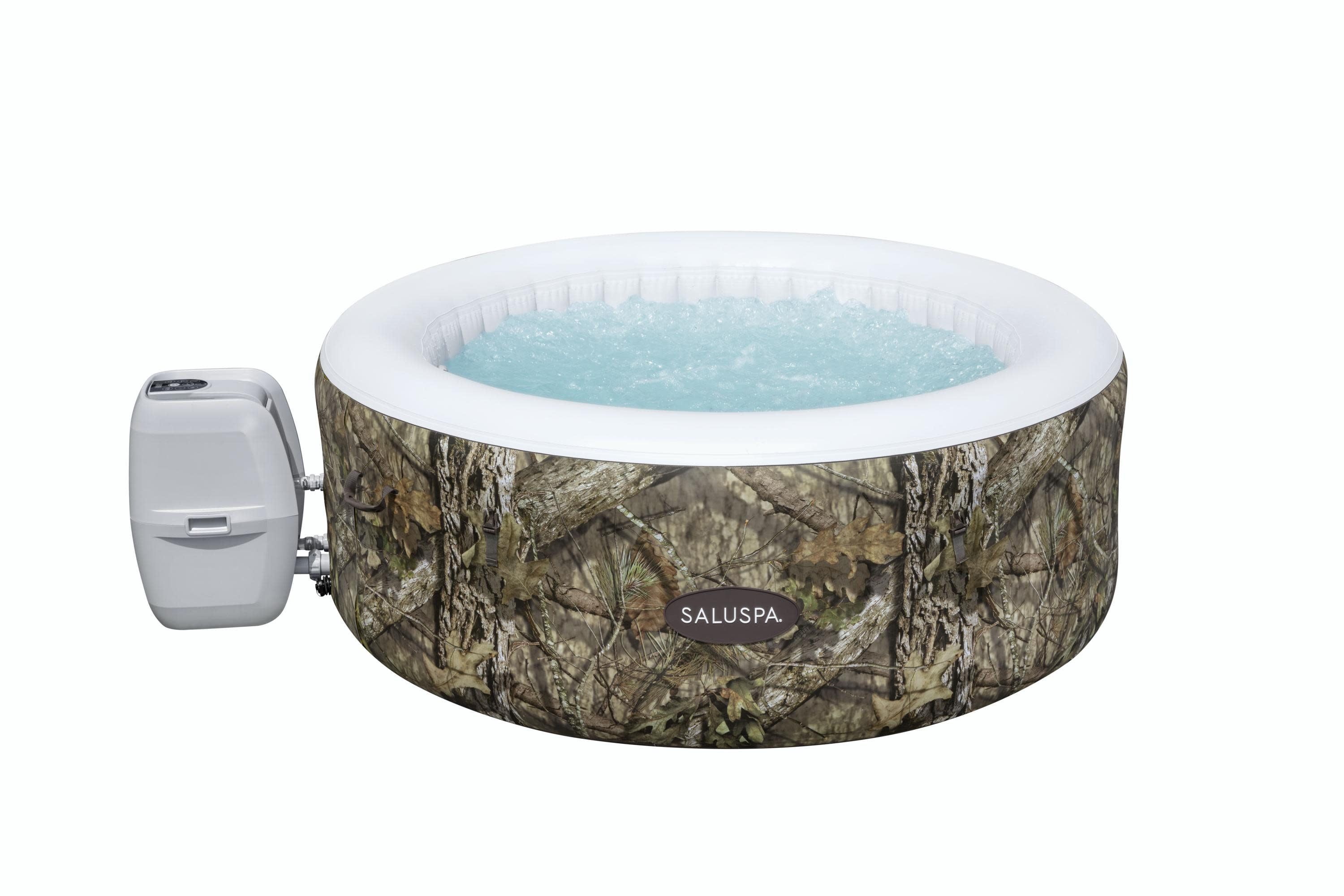When you’re on the hunt for the perfect hot tub heater, there are a few key features that really make a difference. You want something that keeps the water nice and toasty without breaking the bank or causing headaches. Here’s what to look for:
By keeping these features in mind, you’ll be well on your way to finding the ideal hot tub heater that fits your needs and enhances your hot tub experience.
Electric vs Gas Hot Tub Heaters
When it comes to choosing a hot tub heater, you’ve got two main options: electric and gas. Each has its perks, so let’s break it down to help you decide which one suits your needs best.
Electric hot tub heaters are super popular for home use. They’re pretty straightforward to install, and if you’ve got a standard outlet, you’re set. These heaters are generally more energy-efficient and can save you some cash on your utility bills. Plus, they’ll keep your water at a consistent temperature without that gas smell getting in the way.
On the flip side, gas hot tub heaters can heat your water up fast, which is fantastic if you want to use your tub on the fly. They work well in colder climates and are great for larger tubs that need a boost. Keep in mind, though, that these heaters might require more maintenance and can be more expensive to operate depending on gas prices in your area.
So, consider how often you’ll use your hot tub and where you live. If you want something easy and efficient, go for an electric hot tub heater. But if speed and power sound better for your lifestyle, a gas heater could be the way to go. Each option has its strengths, so weigh your preferences and lifestyle before making a choice.
4-Person Inflatable Hot Tub with Heater
Experience Relaxation Anywhere with Our 4-Person Inflatable Hot Tub
Product information
Product Review Score
4.48 out of 5 stars
215 reviewsProduct links
How to Size Your Hot Tub Heater
Choosing the right size for your hot tub heater is super important. A heater that's too small might take forever to warm up your tub, leaving you shivering while you wait. On the flip side, a heater that's too big can use way too much energy and can actually overheat your water. Let’s break down how to find the perfect fit.
First off, look at the size of your hot tub. Most hot tubs hold anywhere from 200 to 600 gallons of water. A good rule of thumb is to have a heater that can raise the water temperature by 1 degree Fahrenheit per hour for every 100 gallons of water. So, if you have a 400-gallon tub, you’ll want a heater with at least a 4kW output to heat it effectively.
Next, think about how you like to use your hot tub. If you enjoy taking a soak after a long day, you’ll want that water ready for you quickly. A higher BTU (British Thermal Unit) rating means faster heating. For occasional use, a standard heater will do just fine. But if you plan on using it often or have friends over, go for something with a bit more power.
Lastly, consider the climate where you live. Colder areas will need a more powerful hot tub heater compared to warmer regions. If you live in a chilly place, a heater with a higher kW rating is a smart move. This helps maintain that cozy temperature all year round.
Intex PureSpa S1 Pool Filter Cartridges (12 Pack)
Keep your hot tub water crystal clear and refreshing with these easy-to-replace filter cartridges
Product information
$169.99 $30.95
Product Review Score
4.19 out of 5 stars
146 reviewsProduct links
Maintaining Your Heater for Longevity
Taking care of your hot tub heater is like giving your tub a long, happy life. Just a little maintenance goes a long way in keeping everything running smoothly. You don't want to deal with surprises when it's time to relax in your hot tub!
First things first, regularly check the water chemistry. The right balance helps prevent scale buildup and keeps your heater working efficiently. Aim for a pH level between 7.2 and 7.8. Keeping sanitizer levels in check also helps protect your hot tub heater from corrosion.
Next, clean or replace the filters regularly. Clogged filters can restrict water flow and strain your heater. When water can’t move freely, the heater has to work harder, which can lead to issues down the line. A good rule of thumb is to check filters once a month and clean or replace them as needed.
Don’t forget to inspect the heater itself. Look for any signs of wear, leaks, or corrosion. If you see anything unusual, tackle it right away to avoid bigger problems later. It's also smart to run your heater even when the hot tub isn’t in use. This keeps all the parts functioning properly.
Lastly, consider scheduling a professional check-up once a year. An expert can spot small issues before they turn into big headaches. Your hot tub heater deserves a little TLC, and you’ll enjoy better performance and a longer lifespan in the end!

